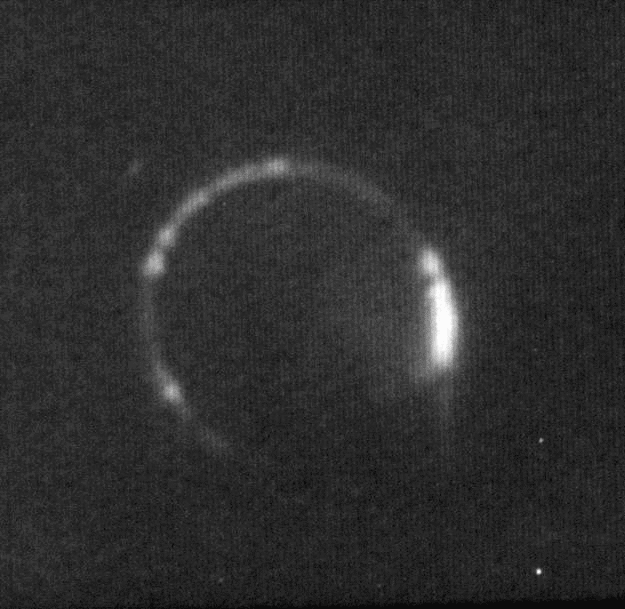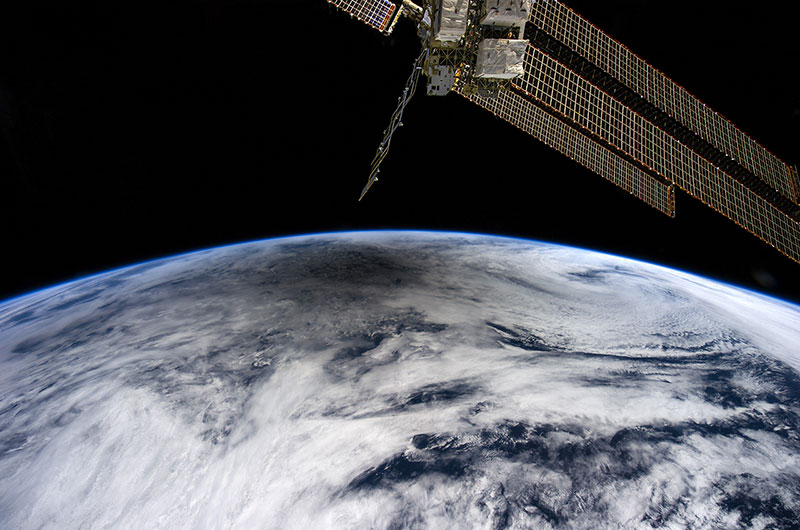This coming weekend the Moon will experience an eclipse, and in less than three weeks the Sun will be eclipsed by the Moon. The best views for both will be in the Americas, but you might be wondering what the view would look like if you were not on Earth but on the Moon. The view a future astronaut might witness.
First of all, on the Moon, the eclipses are reversed. A lunar eclipse for us becomes a solar eclipse for the Moon. And you might be getting different experiences and visuals, depending on what you hope to observe and your location.
A lunar solar eclipse
So let’s start with a lunar solar eclipse. That means you are on the Moon and the Earth is eclipsing the Sun. This can happen in three ways: total, partial, and penumbral.
Due to the relative size and position of the Earth and the Sun, our planet casts a shadow in a specific way. A thin cone where all of the sunlight is blocked is called the umbra, Latin for shadow. A larger cone where only part of the Sun’s light is blocked is called the penumbra – Latin for almost shadow.
In a penumbral eclipse, the Moon only goes through the penumbra. The full moon will look dimmer, but its near side will be still illuminated by some sunlight. This is what’s happening this coming weekend. From late Sunday night into the early hours of Monday, the full moon will lose its shine as the Moon travels through the penumbra.
In a partial eclipse, the Moon would travel a little bit into the full shadow. That means that in certain regions of its surface, the whole Sun would be blocked. Those regions would be experiencing a total eclipse of the Sun, while the rest experienced a partial eclipse.

NASA’s Surveyor 3 saw the April 24, 1967 total lunar eclipse from the Moon.
Image credit: NASA, Surveyor 3/Acknowledgement: R. D. Sampson (ECSU)
The most interesting, though, would probably be a total lunar eclipse. When the whole Moon is in the umbra, something spectacular happens. All sunlight directly coming from the Sun is blocked, but we discover that the Earth’s shadow is not black. Due to sunlight being scattered in the atmosphere, it has a red tinge, which makes the silver surface of the Moon glow in that color.
An Earth eclipse
The Earth is much bigger than the Moon, so its shadow can cover the whole Moon and be seen from a whole hemisphere. This Sunday’s lunar eclipse will be visible from Western Europe all the way to East Asia. A solar eclipse covers a much smaller area of the Earth.
In the total solar eclipse of April 8, the path of totality will be about 200 kilometers (124 miles) across when the eclipse is at Mazatlán in the Mexican state of Sinaloa, and will shrink to 160 kilometers (100 miles) by the time it gets to Newfoundland. In the US alone, there are 31 million people already living in the path of totality, and it will pass from Texas to New York state via Tennessee. Some areas that will witness it are quite small, and so residents are being warned to stock up on water, fuel, and food for the day.

NASA astronaut Don Pettit snapped a total solar eclipse from the International Space Station in 2012.
Image credit: NASA
From the Moon or in space in general, the eclipse will look like a dark splotch moving across the surface of the Earth at about 2,400 kilometers (1,500 miles) per hour. If you were on the Moon when that happened you wouldn’t see much difference – the near side of the Moon would be in its 14-day-long night while on the blue marble next door a swish shadow traversed its seas and lands.
So if you are ever on the Moon, you should hope for what on Earth would be a total lunar eclipse, to see your surroundings turn crimson. The next total lunar eclipse is next March. The one after will be in September 2025, when Artemis II launches. While the astronauts won’t land on that mission, it would be cool if they were around the Moon during the eclipse.
A great option would be to have astronauts on the Moon on December 31, 2028. A total lunar eclipse as seen from the Moon would be a spectacular way to celebrate the end of that year. Come on, NASA!


